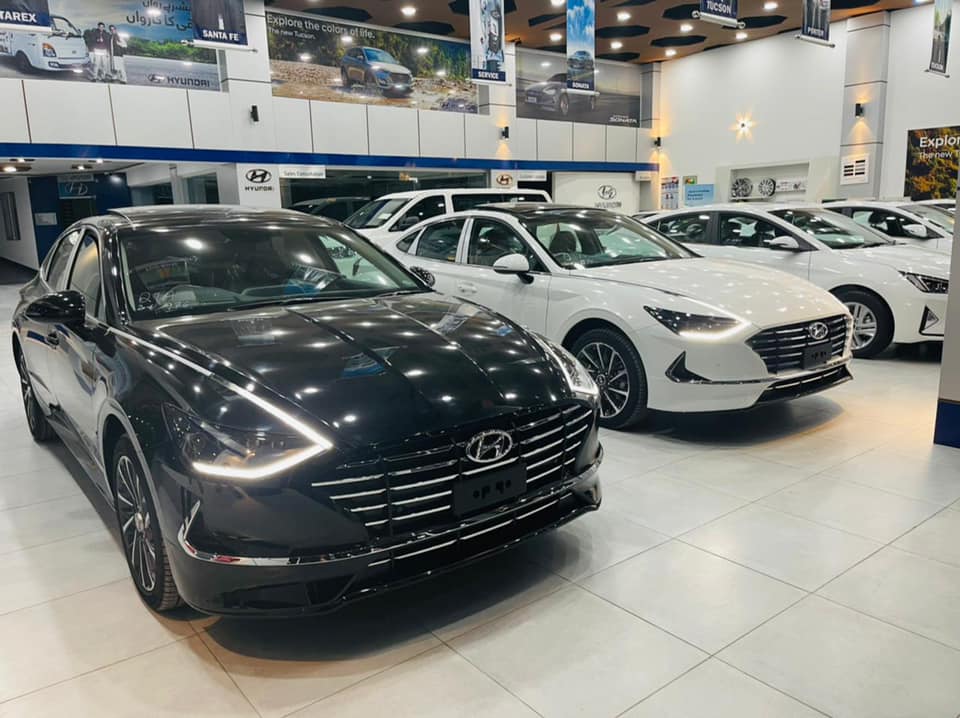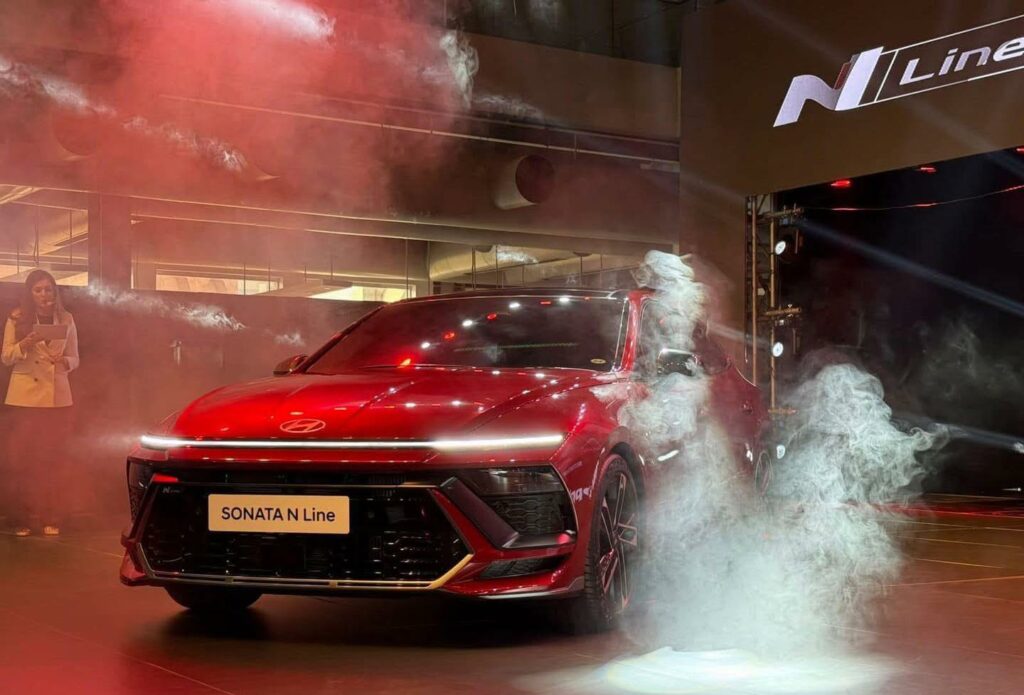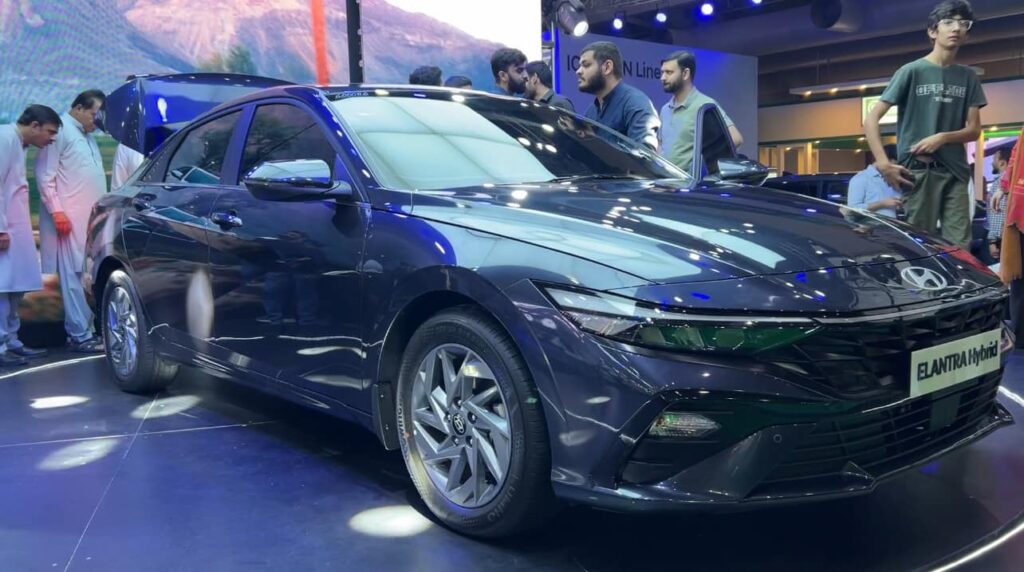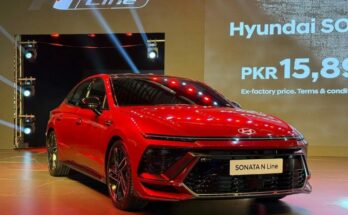Hyundai Nishat is venturing into a new strategy by launching the latest iterations of the Elantra and Sonata while continuing to sell their older versions. This dual-model approach has been common in markets like China and India but is a new concept in Pakistan’s automotive landscape. The decision has the potential to disrupt market dynamics and could set a precedent for other automakers in the country.
The Current State of Pakistan’s Automotive Market
More than 50% of locally assembled cars in Pakistan are outdated models that have been retired globally. Automakers in the country often prioritize cost-efficiency over technological advancement, leading to a lack of features, diversity, and innovation in available vehicles. This trend has limited consumers to older technologies and designs, leaving them far behind global standards.
Hyundai Nishat’s Approach: Bridging Two Worlds
8th gen Sonata (pre-facelift) vs Sonata N-Line facelift in Pakistan
By offering both the latest and older models of the Elantra and Sonata, Hyundai Nishat caters to a broader audience, addressing a wide range of consumer budgets. The older models serve as an affordable option for budget-conscious buyers, while the latest versions attract those seeking advanced technology and modern features.
6th gen Elantra vs the 7th gen Elantra hybrid in Pakistan
This dual-model approach also sets Hyundai apart from competitors, many of whom limit their offerings to a single, often outdated, generation of a model. Additionally, the availability of older models provides a gradual transition for consumers hesitant to embrace new technologies, serving as a stepping stone that eases them into more advanced innovations.
Implications for the Automotive Industry
Hyundai Nishat’s move could prompt other automakers to rethink their strategies. If successful, this approach might encourage the introduction of current-generation vehicles as competitors strive to remain relevant in the market. It could also lead to a reevaluation of pricing strategies, with brands adopting more flexible models to appeal to diverse consumer segments. Additionally, the presence of newer models might set higher benchmarks for safety, performance, and environmental standards, pushing rivals to upgrade their offerings to meet these elevated expectations.
Related: Will IMC Launch the 12th-Gen Toyota Corolla in Pakistan After Its Global Discontinuation?
For instance, Toyota could introduce the 12th-generation Corolla hybrid sedan alongside the current 11th-generation model in Pakistan. Similarly, Honda might offer the latest 7th-generation City alongside the globally obsolete 6th generation, which is being sold in the country. Meanwhile, Kia is already testing the new Sorento and Sportage, which could potentially be launched alongside the current outdated models of both vehicles.
Challenges Ahead
While this strategy holds promise, it presents several challenges. The continued sale of older models alongside new versions could dilute the premium appeal of the latest offerings, making them less attractive to consumers. Additionally, customers may experience confusion over the value proposition of each model, complicating their purchase decisions. Furthermore, managing the production and distribution of multiple generations of the same model could introduce supply chain complexities, driving up operational costs.
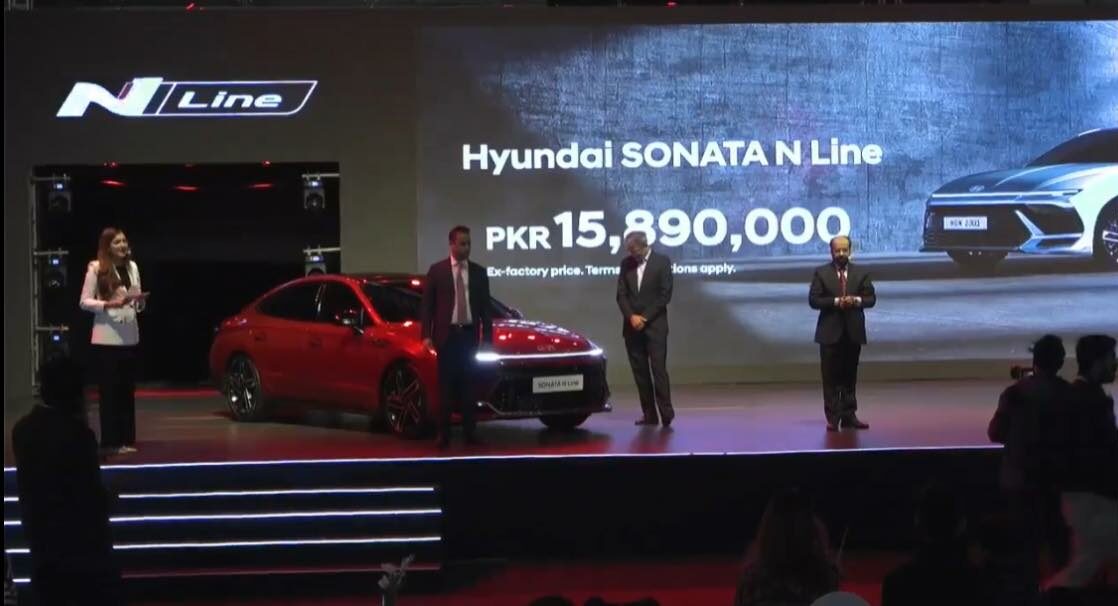
A New Precedent for Pakistan?
Still, Hyundai Nishat’s dual-model strategy could indeed set a new precedent for Pakistan’s auto industry. It challenges the long-standing norm of offering outdated cars while providing consumers with more choices and modern options. However, the success of this approach will depend on how well it resonates with Pakistani consumers and whether other automakers follow suit.
Related: Why EVs Are a Threat to Conventional Automakers and the Spare Parts Business
If this strategy gains traction, it could mark the beginning of a new era for the automotive market in Pakistan—one that embraces innovation, diversity, and a focus on meeting global standards. For now, all eyes are on Hyundai Nishat to see if this move will reshape the industry’s dynamics.

A computer animation professional with over 23 years of industry experience having served in leading organizations, TV channels & production facilities in Pakistan. An avid car enthusiast and petrolhead with an affection to deliver quality content to help shape opinions. Formerly written for PakWheels as well as major publications including Dawn. Founder of CarSpiritPK.com

